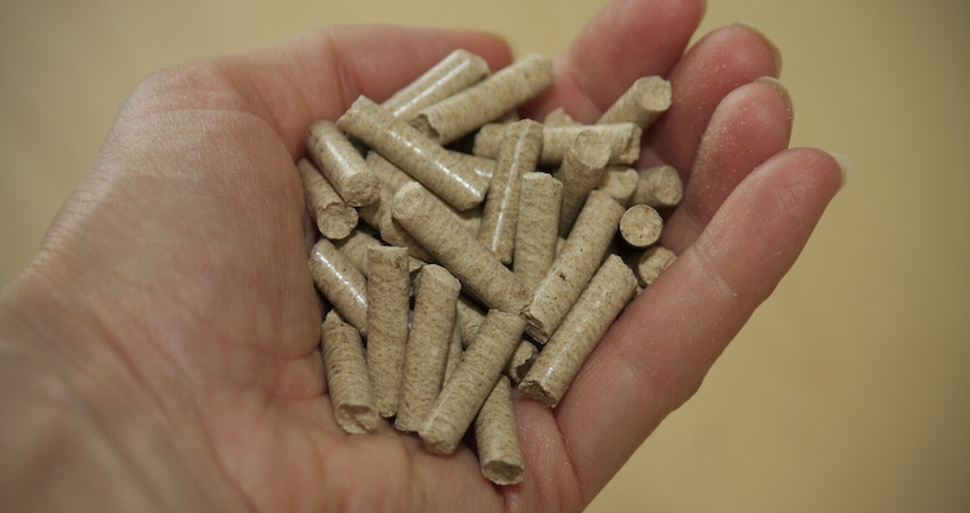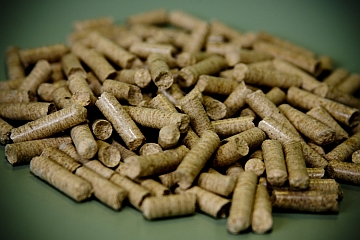What are pellets and how are they used? How to burn pellets and bio waste effectively. Ecological combustion of biomaterials.

Alternative Pellets
There are many ecological advantages of green biomass pellets – using waste products as fuel. These pellets are made by pressing various bio wastes, i.e. the waste after threshing corn and various other grains, various crushed kernels, waste created by coffee production, pulped sorrel etc.
Biomass
The word biomass may conjure up images of a waste product but this is not the case. Biomass is biological material derived from living, or recently living organisms/materials (plants, wood, fungi, animals etc). As biomass is a natural material, many highly efficient biochemical processes have been developed and many of these biochemical conversion processes can be harnessed. Because of that it is possible to use biomass also as renewable source of energy.
Corn
Grown cereal itself presents a natural mini-pellet with very good heating power; its heating power is greater than that of other energy rich crop-plants. Corn as a fuel grows every year. Moreover, besides threshing it, it does not require any other processing (i.e. cleaning or sorting).
Dry biomass
Dry biomass can be wood waste (off-cuts, sawdust, shavings) or dry plant waste. This material is usually manufactured in its dried state. This material can be used as a feed, burned or gassed.
Energy rich corn
As a fuel, corn is very economical and ecological as it can be cheaply produced with a minimal need for spraying and fertilization. It burns well, including the chaff and straw without any further processing. After it comes from the combine harvester, it needs minimal processing and does not pose high demands on agricultural workers or machinery, etc.
Pellets
An ecological bio fuel with a high energy potential (5 kW/kg approx.) and therefore with great heating potential. Pellets are made by the high pressure extrusion of sawdust or other usable biomaterial. Pellets are usually 6 mm in diameter and 25 mm in length.

Renewable sources of energy
Natural resources are those living or non living which humankind uses or can use for their needs. Renewable resources have got the ability to renew partially or fully on their own or with man’s help. Non-renewable sources disappear when used. This explains the difference between renewable resources (plants, wood, seaweed etc.) which have got the ability to grow again and again (if used carefully) and non-renewable resources (coal, oil, gas), which are finite.
Waste biomass
Waste or ‘left over’ biomass is material which has been left behind when processing organic materials. Mainly it is wood waste produced by forestry, wood industry, furniture industry, paper industry and other wood related activities. The other group of waste biomass is what is left from plants and from agricultural production and maintenance. Waste biomass is also communal waste and waste from the food industry. Agricultural waste biomass is also wet waist like manure. A specific group of biomass is ‘purposely grown biomass’ which are different special plants and quick growing woods.